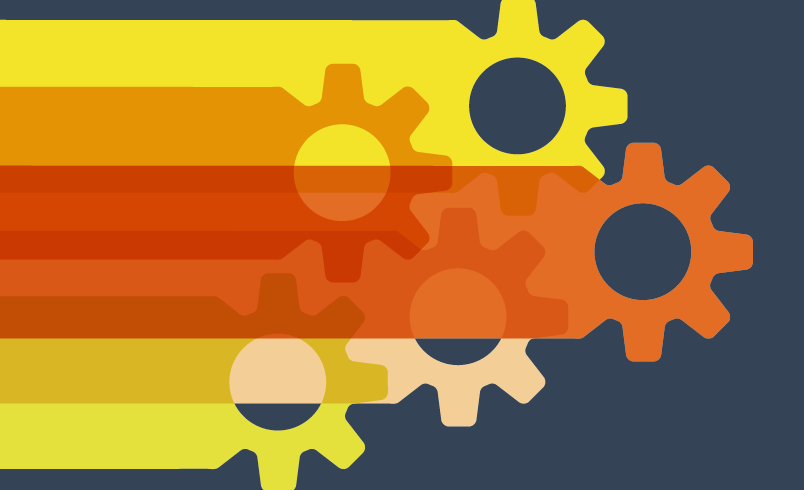BR Insights 2022: Industrial Sector

1. Key Issues in the Sector
The Industrial sector is in rapid growth and has been substantially affected by the Covid pandemic. Some key points arising:
- Most manufacturing companies are selling in competitive markets where manufacturing needs to adapt quickly to reflect market change. This means flexibility is required within the manufacturing system.
- The sector is seeing substantial growth in use of connected devices, and this is expected to continue.
- The importance of real-time data processing at the network edge is very high, with typically security seen as the most significant area to consider in implementing that.
- Many manufacturers are currently using fixed-line and Wi-Fi connectivity. 5G will help them be more flexible, for example making production line reconfigurations. 5G facilitates large-scale connectivity deployments which is needed to enable remote visibility on machines.
- 5G is expected to have a significant impact. It will be reliable, provide a high-quality service, and the ability to segment data speed is going to be important. These capabilities will improve the communication layer in large warehouses and manufacturing facilities that have a lot of connected equipment.
- There is a preponderance of single vendor solutions in the sector compared with multi vendor solutions. The reasons for this vary considerably but often come down to cost and legacy, and the often difficult task of integrating legacy equipment with new equipment from a different manufacturer.
- In addition, most companies in the sector have a Manufacturing Execution System (MES). While this has become a standard within the industry, what is often not so well appreciated is the impact that an MES can have on required market flexibility. It may be quite difficult to change to reflect new market needs.
- The number of Proof of Concept (POC) IoT projects initiated is generally low in the sector. More to the point, a high percentage of these do not lead to full implementations. In effect, there is a high incidence of POC failures.
2. How IoT is addressing these
Major IoT activities in the sector right now include the following:
- The pandemic has highlighted the need for more automation and ability for remote working. Right now the adoption of predictive and descriptive analytics represents a major trend, with tools being used to acquire data sources and data collection techniques. There are cultural shifts towards more visibility over resources in order to protect business continuity, with more remote control of factories, more remote maintenance of factories, more team collaboration.
- Manufacturers are evaluating innovative ways to address today’s challenges and obtain insightful intelligence that can be used to anticipate and mitigate future risks. IoT technology cannot procure supply chain components and materials, but it can give manufacturers increased visibility into their supply chain and deliver actionable data. Advanced solutions for asset management include real-time alerts, allowing manufacturers to take action to minimize loss associated with delayed, damaged, or lost goods in transport.
- In response to the impact of the COVID pandemic, companies are having to operate with less staff. As a result, we are witnessing more usage of remote monitoring solutions as well as devices that employ wireless connectivity. Also, remote working and remote learning in areas that do not have broadband connectivity has driven the deployment of fixed wireless access.
- The private networking space is accelerating, enabling a whole new set of equipment to come online. Manufacturers will offer more connected services, for example creating end to end experiences such as customisation and upgrades. Products will also have embedded services.
- There are new system integrator and solution provider offerings coming to the market. These will provide a wider range of capabilities for manufacturing and industrial companies. More machine learning, artificial intelligence, digital twins and robots; more autonomous solutions, more data driven approaches.
- There will be more trackability solutions in place on production lines, more real time applications for inventory management, more real-time last mile applications and more just-in-time applications in factories. Sensors that can predict health and safety issues before they happen will be deployed.
- The adoption of IoT also goes hand in hand with the digital transformation of organisations. This transformation is designed to meet the changes in business and market requirements in the digital era. Integrating digital technology into all areas of a business results in fundamental changes as to how businesses operate and how they deliver value to customers.
- As this shows, although the Industrial sector has been substantially affected by COVID this year, if anything this has tended to accelerate plans for digitalization.
3. How the IoT World Map can assist
IoT solutions have several different elements and can be complex. This complexity will also increase with more use of real time processing, the introduction of private networking and the rollout of 5G. Each of these offers major benefits in this sector but assistance from IoT solution experts with specific knowledge of the Industrial sector will increasingly be needed.
The interactive IoT World Map is arranged so that those requiring IoT solutions can access the map knowing only the applications they need support for in their own sector. IoT suppliers who have direct Industrial sector experience and can assist specifically in Industrial solutions can be readily identified and contacted and current use case examples can be seen.
See the online interactive IoT World Map here.
Download your copy of the IoT World Map here.
News